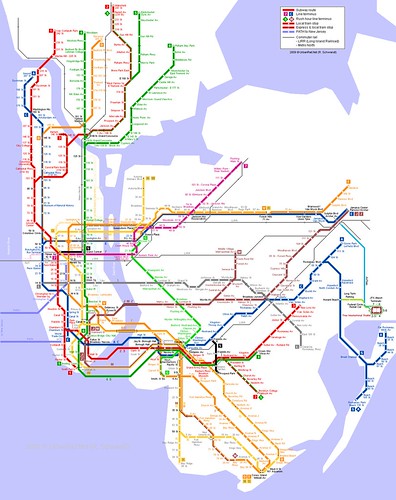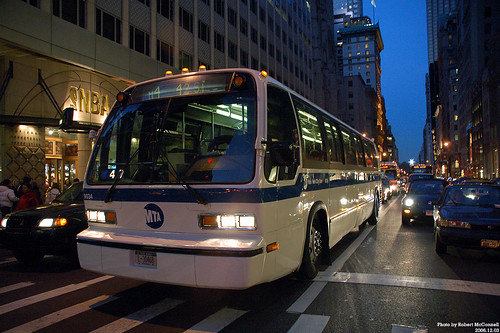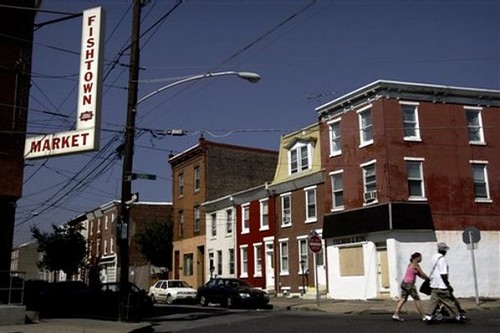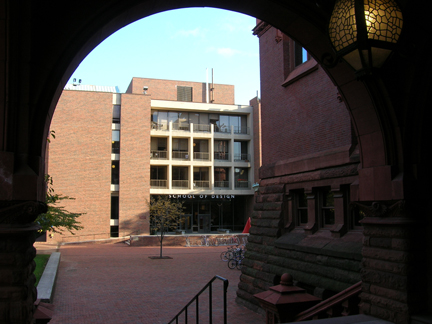
I am back and I am filled with anger, which seems like the only reasonable response to the news yesterday here in New York City. Yesterday, the board of the Metropolitan Transit Authority voted 12-1 in favor of fare hikes and service cuts. This means the base subway/bus fare goes from $2 to $2.50, while the monthly pass goes from $81 to $102. 35 bus routes and both the Z and W lines will end, while weekend service will be reduced on all lines.
For those who haven't been paying attention, this was the Doomsday scenario laid out by the MTA months ago, as the authority has fallen deeper into the red and needs a huge infusion of money to keep the status quo. Albany has known and even commission a blue-ribbon panel to come up with the solution; that came in the form of the Ravitch plan, which would have raised the necessary, consistent funding via new payroll taxes and tolls on the East River and Harlem River Bridges. Those tolls are unacceptable to a few State Senators, who have held up passing the bill, instead offering a laughingly inferior that wouldn't come close to making up the shortfall in the MTA budget.
Yes, you read that right. A handful of Democratic State Senators and the entire Republican bloc are willing to screw the citizens of New York citizens to spare suburbanites any hardship. It amazes me that we still can't acknowledge the costs of driving and automobiles, that we continue to allow them a free ride. As Baratunde Thurston writes:
Part of the hangup was due to a few Democrats who didn't want tolls imposed on the Harlem and East River bridges. Their logic: "it's not fair to tax drivers to subsidize public transit."
Wrong. You SHOULD tax drivers precisely to subsidize public transit. That's how it works. You tax the bad, evil, planet-melting crap to encourage a less apocalypse-inducing lifestyle.
Instead, we are going to take it out on the poorest and most needy residents of the city. It will now cost every person more than $1200 a year to get around the city, to their jobs, their daycare, their lives. $1200+ a year!I've written a lot about the future of New York City, in light of the economic troubles that have hit this country. I have hoped that these dark times might allow the city to rethink the past 25 years of neoliberal policies and emphasis on the rich and richer. This news is devastating blow to those hopes, a clear sign that the state will hamper any efforts to rethink who this city is for. When you start seeing references to the 1970s fiscal crisis, you know that trouble is on the way.





